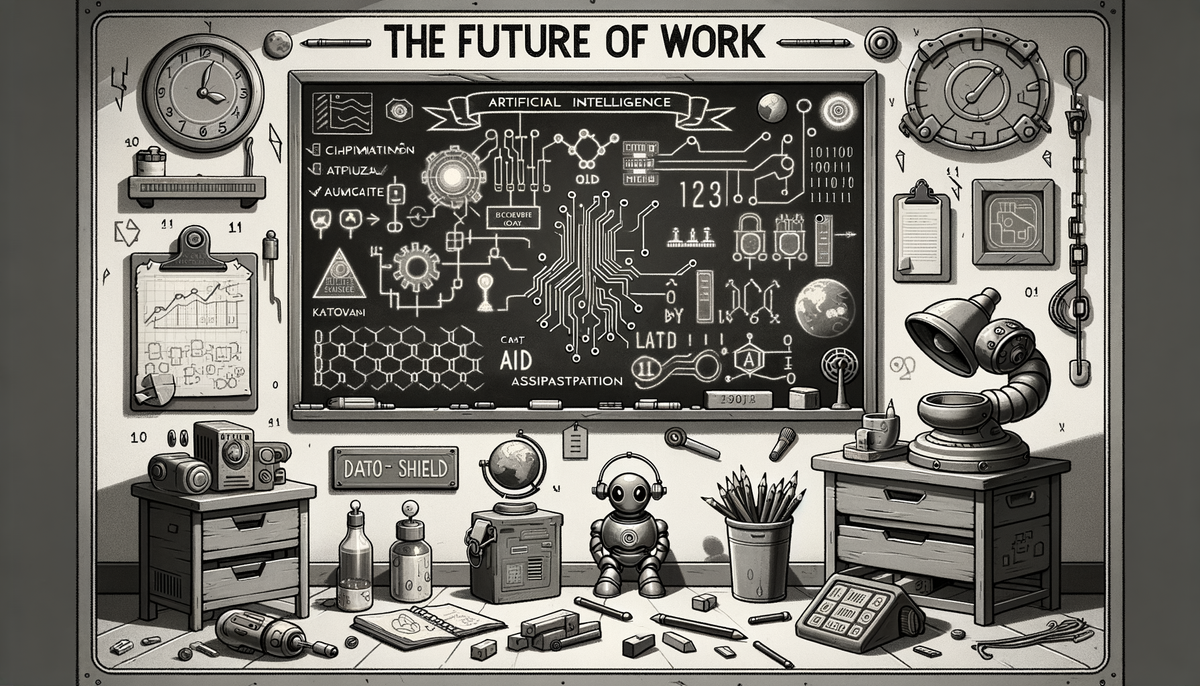Amazon's Alexa Revolution: AI Enhancements and Industry Impact

The landscape of artificial intelligence is rapidly transforming with Amazon's unveiling of a new, advanced version of its Alexa voice assistant, named Alexa+. This update integrates generative AI features, aligning it with modern technology trends and propelling it to compete against powerful AI models such as OpenAI's ChatGPT. Concurrently, Nvidia's controversial decision to discontinue PhysX support in its new GPUs raises questions about backward compatibility in gaming, serving as a sharp contrast to Amazon's ambitions of keeping older features alive in more versatile forms.
Amazon Alexa+: A New Era for Smart Assistants
Amazon's Alexa+ marks a significant leap forward in the realm of smart assistants by incorporating advanced generative AI capabilities. As detailed in a report by CNBC, this upgrade aims to elevate the function of Alexa beyond mere voice responses to become a proactive personal schedule manager. Available for $19.99 per month, or freely bundled with Prime memberships, Alexa+ offers expansive functionality including managing dinner reservations and synchronizing with applications like OpenTable and Uber.
Encased within Amazon's cutting-edge proprietary Nova models, Alexa+ is designed to perceive and adapt to the individual preferences and routines of users. For instance, rather than reeling off a list of songs, Alexa+ enables you to specify a command like unraveling the duet by Bradley Cooper from "A Star is Born" and adjusting the home audio setup while keeping the environment peaceful for a sleeping child, as noted by Engadget.
"Artificial intelligence is growing up fast, as are robots whose facial expressions can elicit empathy and make your mirror neurons quiver." - Diane Ackerman
This insightful quote from Diane Ackerman underscores how technologies like Alexa+ are moving from command-followers to empathetic agents capable of forming deeper connections with users.
Nvidia and the Loss of PhysX: A Gaming Dilemma
While Amazon’s advancements paint a promising picture of AI’s future, Nvidia’s decision to phase out PhysX support in its RTX 5000 GPUs poses challenges for gaming enthusiasts. PhysX, once vital for creating rich graphical experiences in older games like "The Witcher 3" and "Borderlands 2", will no longer be supported, leading to a significant uproar among retro gaming communities, as captured by an article by TechRadar.
While some gamers see this as a step back, Nvidia argues that the modernization of gaming frameworks makes this discontinuation less impactful on newly developed titles. Nevertheless, with Nvidia's new GPUs soaring past the $2,000 mark, the backlash highlights the delicate balance between innovation and nostalgia in the tech industry.
The Broader AI Landscape: Bridging Gaps and Creating Opportunities
Amazon and Nvidia’s paths illustrate the diverse challenges and opportunities that AI presents across different fields. As Amazon works to revive its digital assistant, regrouping it with advanced AI-driven functionalities, it demonstrates an optimistic approach where AI is not merely a tool but an indispensable ally in our daily activities. Meanwhile, Nvidia grapples with how to preserve the legacy of technology while fostering new innovations.
The developments around Alexa+ align with futurist Ray Kurzweil's prediction that "Artificial intelligence will reach human levels by around 2029," stressing the rapid pace at which AI technologies are advancing towards integrating more intuitively with human activities.
Implications for the Future
The potential for AI to further embed itself into everyday life is evident, as evident in the functionalities offered by Alexa+. Its seamless interaction and task management capacities foreshadow the eventual ubiquity of AI powering mechanisms, transforming how we interact with our living environments.
Conversely, Nvidia's strategic moves bring forward the conversation about backward compatibility in tech innovation. As older features and functionalities are phased out, maintaining a bridge between historical achievements in technology and the thrust towards future capabilities becomes vital for tech companies.




